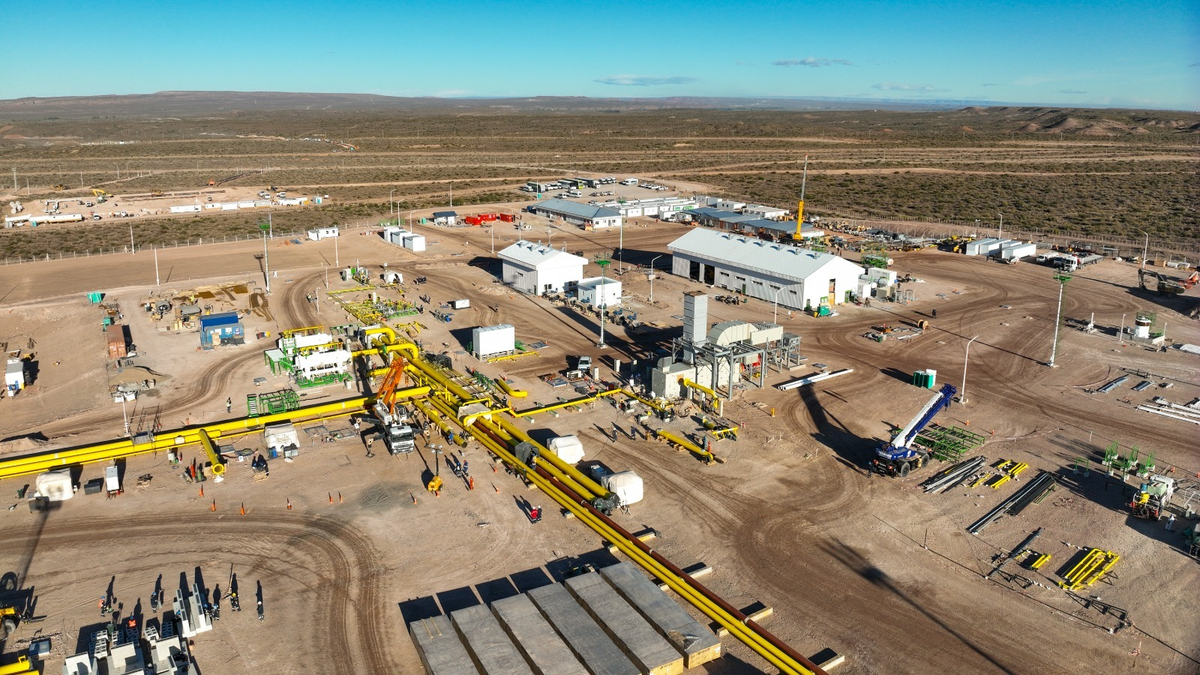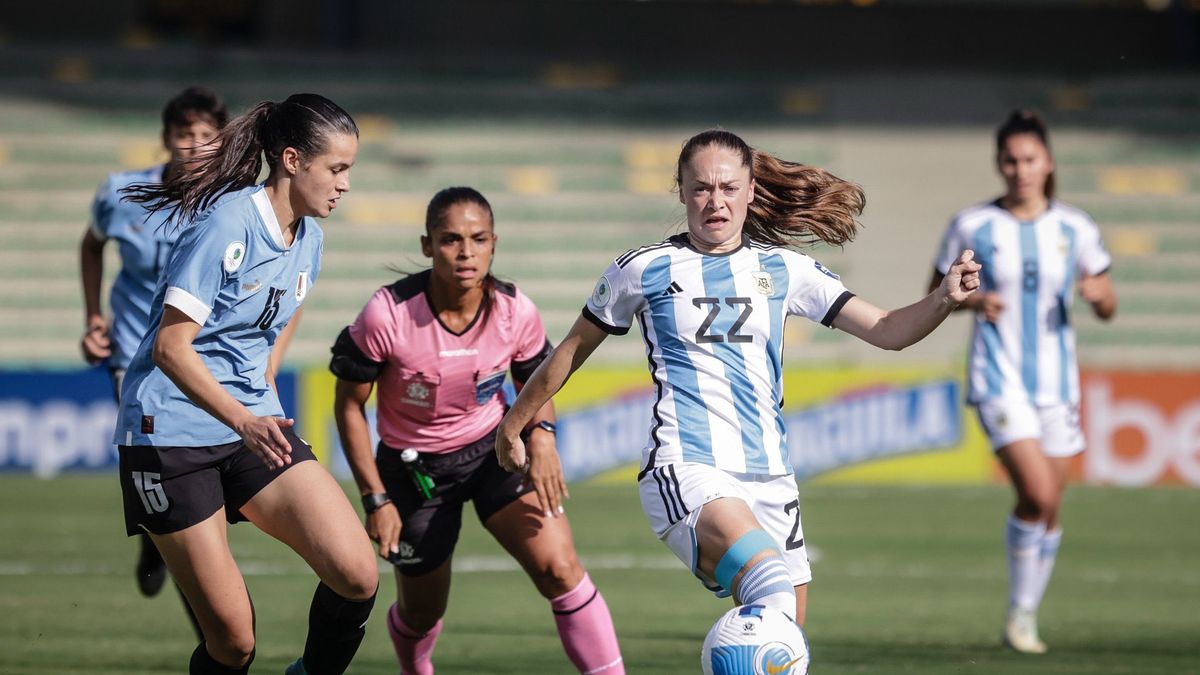The presidential spokesperson, Manuel Adorniconfirmed this Saturday that the ”President Néstor Kirchner Gasduct” changed its name. From now on, it will be called ”Perito Francisco Pascasio Moreno Gas Pipeline”in honor of the Argentine explorer, scientist and politician.
The mega pipeline project had its first stage inaugurated on July 9, 2023in an event led by the then President of the Nation, Alberto Fernandez; Cristina Fernández de Kirchner and Sergio Massa. First of all, the gas pipeline extends through 573kmfrom the town ofTrayen in Neuquén to the Buenos Aires city of Salliqueló; while the second stage continues to the city of San Jerónimo Sud, Province of Santa Fewith a distance of 524 km.
This second tranche requires an investment of 2,554 million dollars, which is projected to be financed through private investment and is expected to be completed in 2026.
The project to modify the name of the gas pipeline had already been promoted by La Libertad Avanza in July, when the deputy Lorena Villaverde proposed that it be called the “Liberty Gasduct”. In any case, at that time, the initiative did not prosper.
”The ‘President Néstor Kirchner Gasduct’ changes its name: from now on it will now be called ‘Perito Francisco Pascasio Moreno Gasduct’. End”Adorni wrote on his social networks.
Embed – https://publish.twitter.com/oembed?url=https://twitter.com/madorni/status/1855360282983309557&partner=&hide_thread=false
The “President Néstor Kirchner Gasduct” changes its name: from now on it will be called “Perito Francisco Pascasio Moreno Gasduct.”
End.
— Manuel Adorni (@madorni) November 9, 2024
Who was Francisco Pascasio Moreno
Born in the city of Buenos Aires in 1852, Francisco Josue Pascasio Moreno He belonged to a family linked to commerce, finance and politics. With the soul of an explorer, during the 1870s he made several trips through the interior of the province of Buenos Aires, Catamarca and Patagoniain which he collected objects to display to family and friends in a personal museum.
He later donated his collection to form the Anthropological and Archaeological Museum of the province of Buenos Airesand, after a stay in Europe, he promoted the creation of a general museum in the city of Buenos Aires, where unfortunately it was not successful. However, he did not stop and continued with his explorations, which saw him pass through Cuyo and Chile, among others.
There, he expanded his archaeological collection and in 1884 he had the green light from the Buenos Aires authorities to form his long-awaited project. Thus, in 1896, he was appointed Expert, representative of Argentina in the boundary dispute with Chile, making the Museum’s services available to the national government. There, he led commissions of topographical engineers and traveling naturalists in the field who explored all the disputed regions that extended along the Andes Mountains.
He died in the city of Buenos Aires, on November 22, 1919, and his remains were transferred to Centinela Island, located in Lake Nahuel Huapi.
(With information from the La Plata Museum)
Source: Ambito
I am Pierce Boyd, a driven and ambitious professional working in the news industry. I have been writing for 24 Hours Worlds for over five years, specializing in sports section coverage. During my tenure at the publication, I have built an impressive portfolio of articles that has earned me a reputation as an experienced journalist and content creator.




